Indian cuisine is intrinsically linked to our culture, and as diverse as our people. As any foodie will tell you, no two Indian dishes taste the same. A range of aromatic spices, each with its own distinctive flavour, goes into creating mouth-watering meals that are evocative of the identity of each state—from the crisp dosas and pudina chutney of Tamil Nadu to the sumptuous paneer butter masalas of Punjabi cuisine, and the tangy gol gappa chaats of Delhi to the fiery macher jhol of Bengal.
Many of these much-loved dishes use as many as two dozen ingredients, if not more! Which makes Indian cooking complicated indeed. When designing an Indian kitchen, you should factor in every little thing goes into making these extraordinarily complex dishes—starting from storage for all of the spices, herbs and nuts, to the unique appliances and traditional vessels that go into the making of traditional food.
Not to mention that today’s Indian cooks have imbibed the culture of other countries too, and can dish out a pizza or a panna cotta with equal panache…. which means that a well-designed Indian kitchen should include all the staples of global cuisine as well!
A tall order, that! Not to worry, we’ve got some tips to help. Here are the most important criteria to be considered when designing an Indian kitchen.
Easy-to-Clean Materials
Let’s face it, Indian cooking is arduous. There are dishes that involve hours of pre-preparation, including peeling and deveining, making marinades, blending, sauteing, frying, steaming, baking… the list is endless. All these could potentially stain, scorch or otherwise damage your kitchen on a daily basis. It’s very important, therefore, that you choose materials that are durable, stainproof and scratchproof and are yet easy to maintain.
Marble, for instance, looks stunning but if the surface isn’t sealed well then it can get discoloured or pitted with just a squirt of lime juice. Laminates can get scratched and wood or veneer will gather oil and grime.
Always choose materials based on your specific needs, not because they looked good on the pages of that glossy home décor magazine! Your interior designer will be able to tell you what works well for your style of cooking and also fits within your budget.
Well-Chosen Accessories
What are the items you need on a daily basis, for food preparation and storage?
Keep bottles of oil, sauces and condiments near the stove, where you’ll need to access them frequently. Bottle pull-outs below the counter are very useful for this purpose. Spice racks that are fitted above the counter also come in very handy.
Space-saving accessories like Magic Corners and Carousel Trays can hold multiple items and allow you to easily pullout items from awkward, hard-to-reach corners. Ergonomically fitted garbage bins and shutter-mounted units below the sink hold soap and cleaning supplies exactly where you need them.
Deep drawers fitted with heavy-duty channels store your mixer-grinder, juicer and myriad other appliances that don’t get used on a daily basis. These bulky items don’t need to be kept out on the countertop, gathering dust till you use them again!
Cutlery trays and utensil drawers neatly organise and tuck away items where you can readily access them for use when needed. These drawer fittings come with adjustable compartments that can be moved around to suit the exact sizes of your utensils.
The choice of kitchen accessories can be overwhelming for a first-time homeowner, but your designer will help you to select the most appropriate ones for your kitchen.
Heavy-Duty Kitchen Chimney
Always choose a chimney that has a high suction capacity, and is able to suck out all the smoke and fumes immediately. Consider buying a chimney with a capacity of at least 1000 to 1,500 m3/hr (cubic metre per hour). Stainless steel or glass chimneys that can be cleaned easily are a good option.
Oily Indian cooking requires a chimney with a baffle filter that can be removed and cleaned periodically, and it’s always good to call for professional cleaners once in a while to get this done.
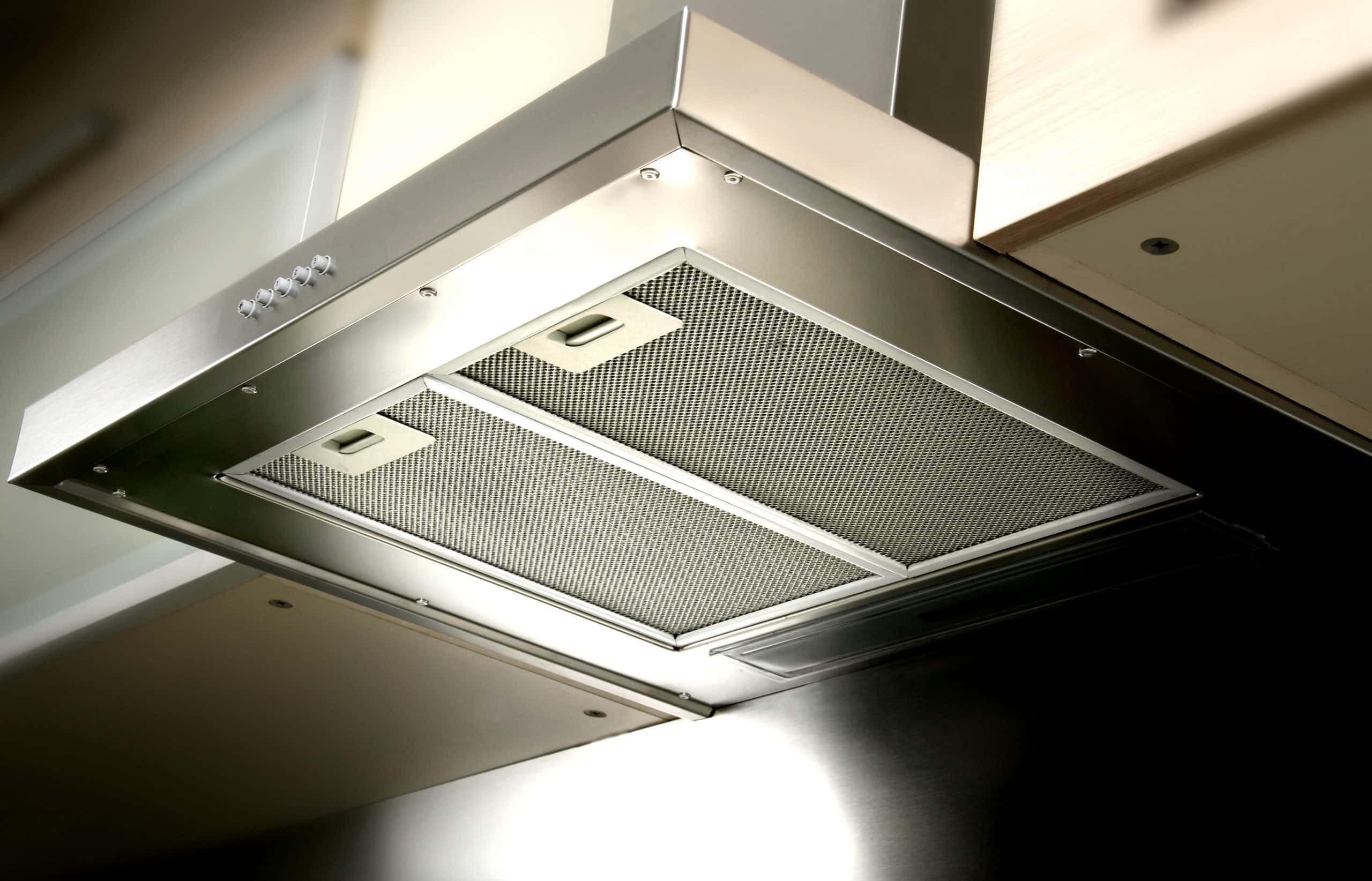
Hob with Multiple Burners
Since each meal could run into several courses, right from the appetizers to the dessert, you might have to contend with cooking many dishes at the same time. If you’re into frequent entertaining, consider buying a hob with 6 burners. For a regular household, a 4 burner hob should be adequate.
When choosing the hob, keep in mind the diameter of the cooking pans and utensils that you will be using at the same time. The burners should be placed at an optimal distance, so that the utensils don’t touch each other when on the stove. Too close together, and you’ll find that some burners are virtually unusable—too far apart, and the hob will take up too much counter space!
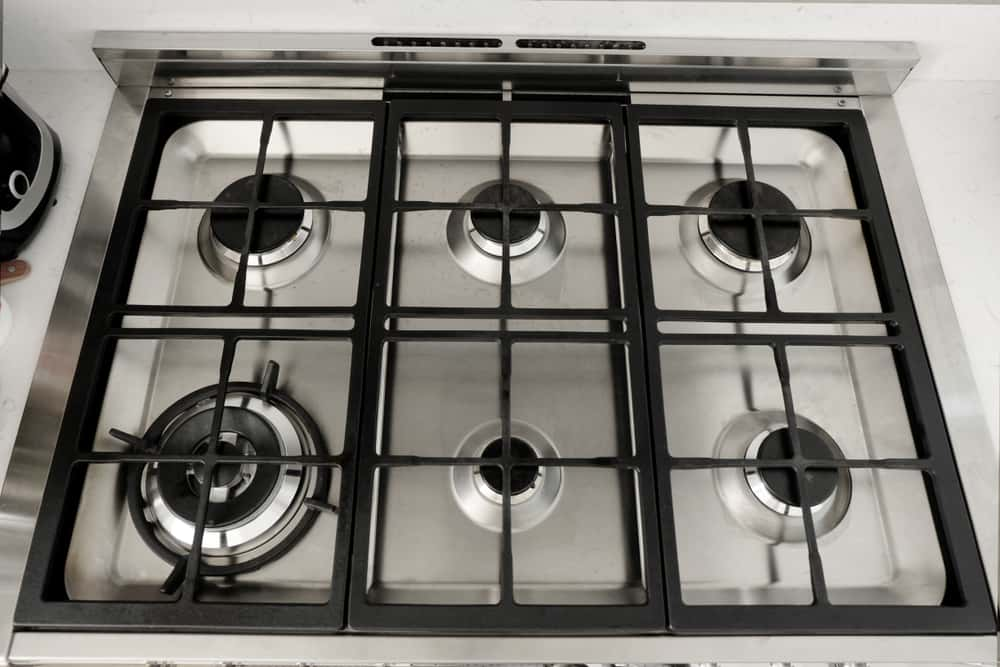
Stain-proof Counter and Backsplash
Virtually every Indian dish uses Haldi (turmeric), oil, juices and spices that could splash and stain the tiles and countertop. Pay careful attention to your choice of counter and tiles just behind the cooktop, and choose non-porous, stainproof and heat-resistant materials that will last longer and continue to look good after many years.
After every intense bout of cooking, wipe down the counter and tiles with an organic (no chemicals please!) cleaning liquid and a microfibre cloth. Do not leave splashes or stains to set, or they might not come off easily. Countertops made of natural stone, especially marble and some forms of granite, must be re-sealed every few years to maintain their impermeability.
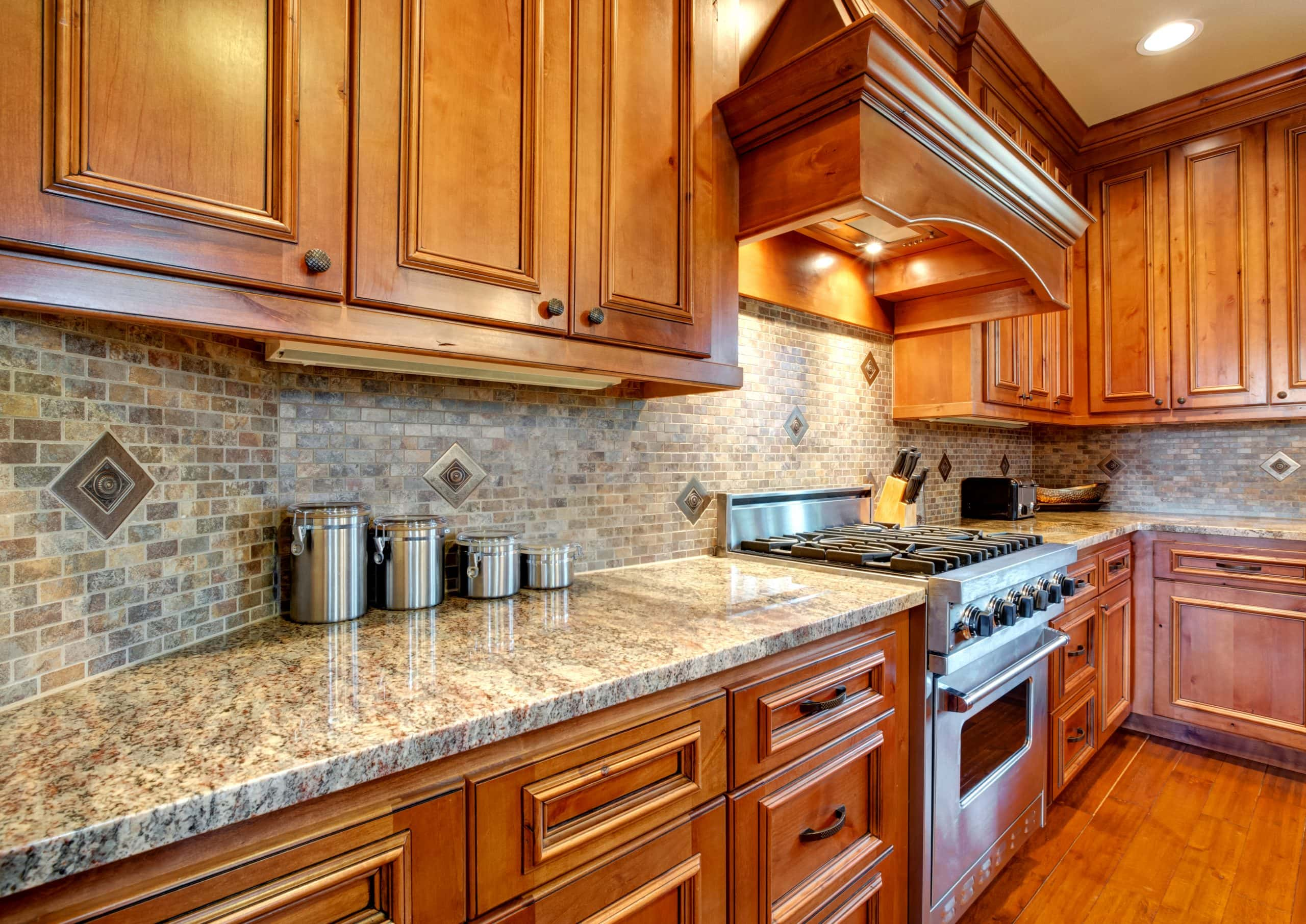
Wet Kitchen
A lot of the meal prep in an Indian kitchen could turn out to be messy; what with all the chopping, grinding and marinating that goes on! This is where a wet kitchen comes in very useful.
While older Indian houses always had two separate kitchens, a ‘wet’ one for the heavy cooking and a ‘dry’ one for quick meals and re-heating, today’s apartments have the ‘utility’ space attached to the kitchen that has the same functionality. Plan to have a sink with a drainboard, adequate counter space, and storage for heavy, large utensils here.
If you’re cooking with gas, the cylinders would also be stored in this space. A small stove would also be good to have in the utility, if you are preparing dishes that could smell pungent—fried fish, for instance—and you don’t want the smell to linger on inside your kitchen.
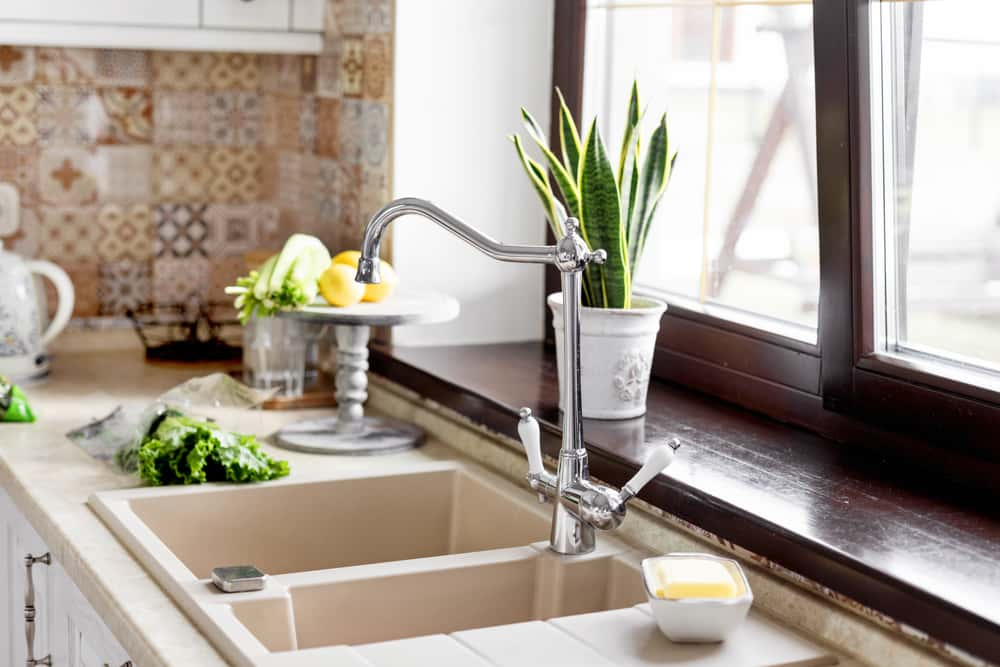
Lots and lots of storage!
It goes without saying that an Indian kitchen must be able to store an unimaginable number of appliances, wet and dry groceries, dishes and utensils—and store them so neatly that they can be accessed immediately when needed! Indian cooks possess miraculous organising skills and can always lay their hands on an infrequently used condiment in a jiffy. Of course, a beautifully organised storage room or pantry unit always helps!
Try to carve out the space for a walk-in pantry, or plan for a tall unit in the kitchen with storage trays that slide out.
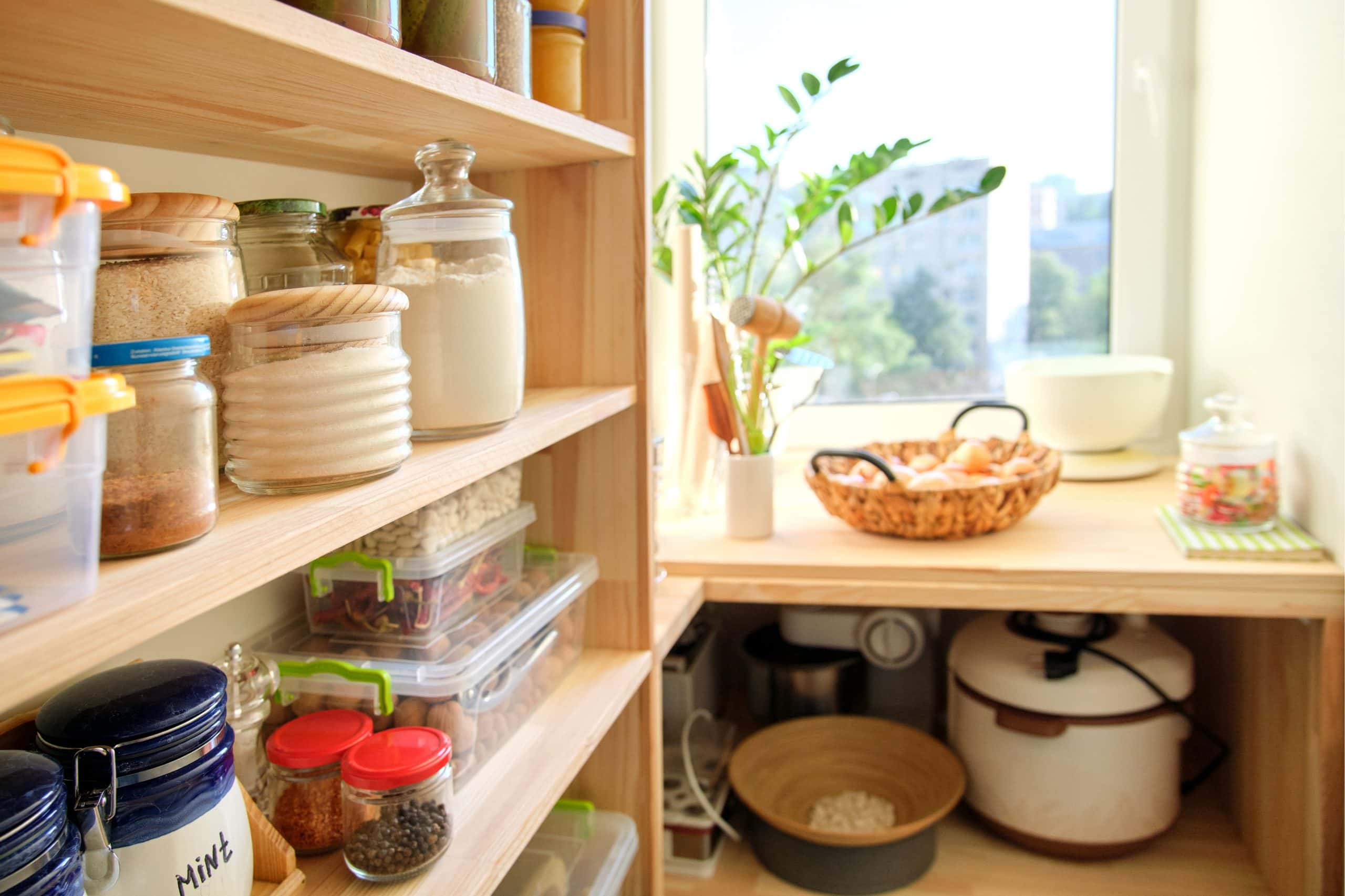
Did you find our ideas useful? To get your kitchen designed in true Indian style, book a free consult with HomeLane today!

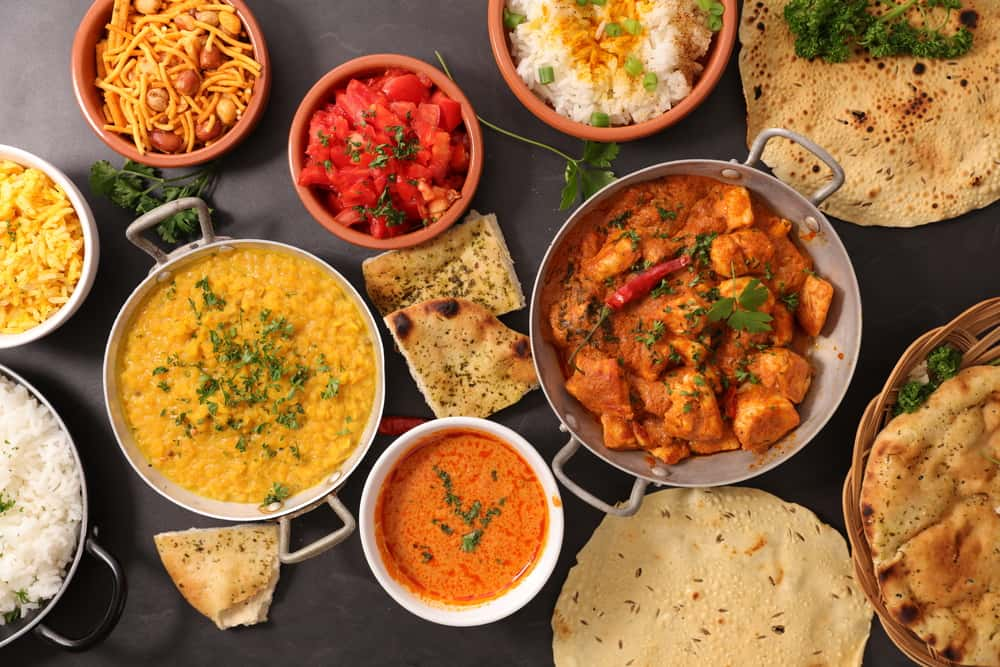
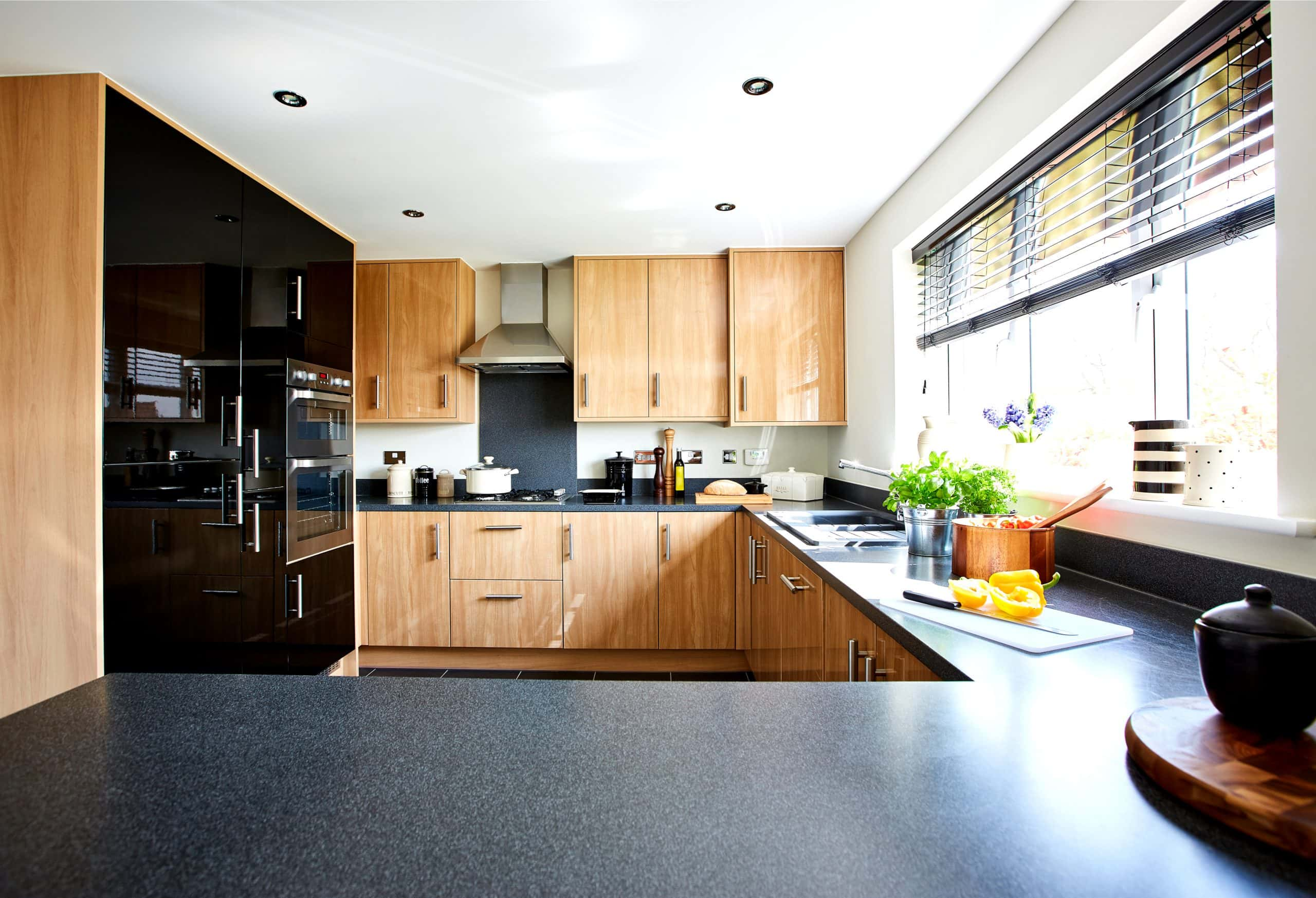
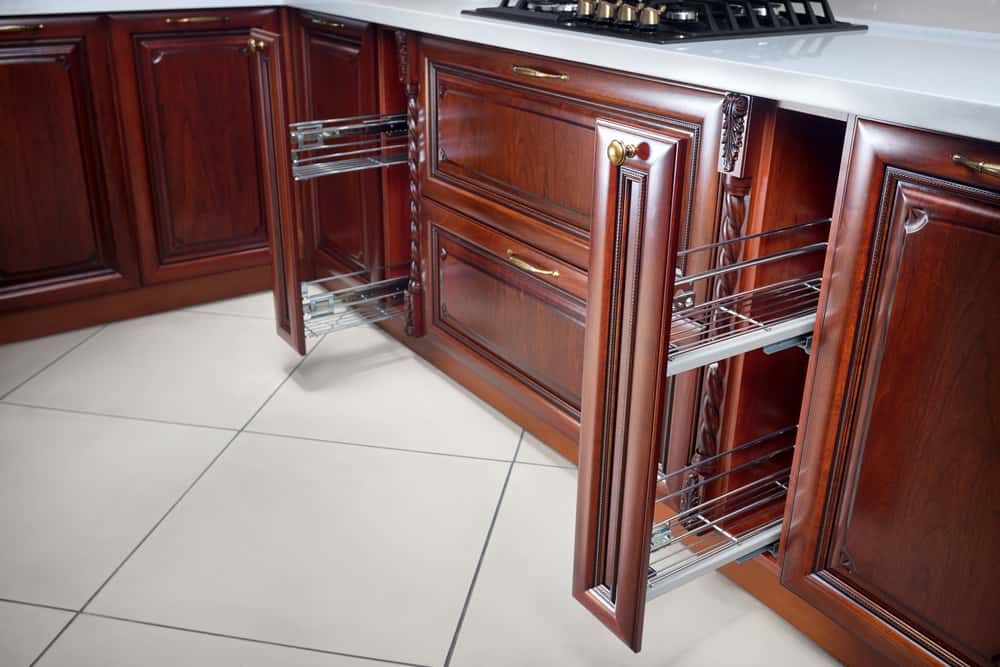




2 Comments
Well organized Kitchen looks a beautiful place at your home. Thanks for sharing Kitchen styling ideas.
Seriously awesome collection indeed thanks for sharing!